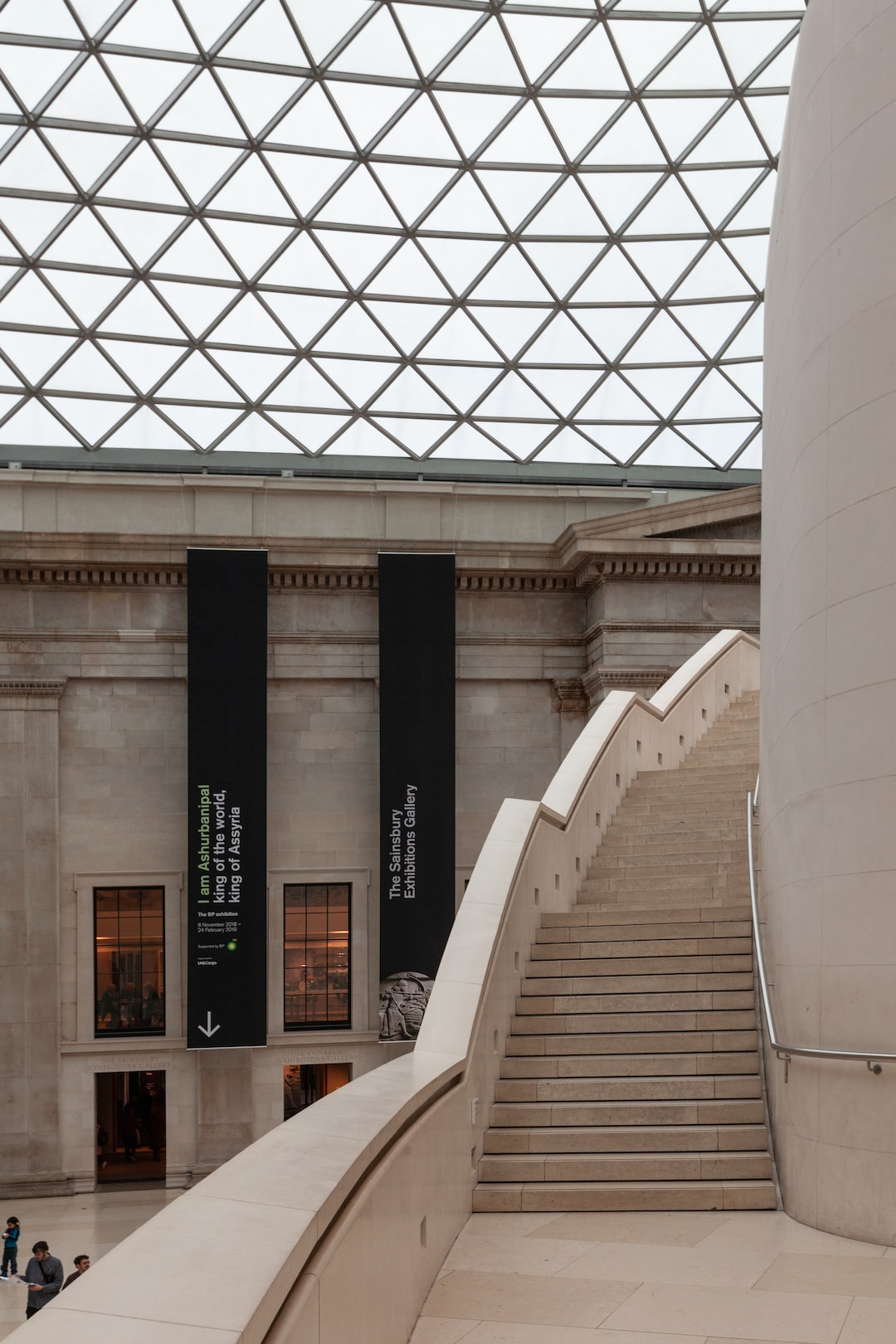The Power of Storytelling through Visual Arts
Art has always had a way of capturing our attention and speaking to us on a profound level. It can evoke emotions, spark imagination, and open our minds to new perspectives. One of the most powerful forms of art is storytelling, and when coupled with visual arts, it becomes an extraordinary tool for communication and connection.
Visual storytelling is the art of conveying a narrative through images, stimulating the viewer’s imagination and inviting them to interpret the story in their unique way. It has been used throughout history, from ancient cave paintings to modern photography, to preserve and pass down cultures, traditions, and knowledge. The power of visual storytelling lies in its ability to transcend language barriers and engage the viewer on a visceral level.
In a world where time is limited, and attention spans are becoming shorter, visual storytelling has become even more crucial. With the rise of social media platforms like Instagram and TikTok, people are increasingly drawn to quick, visually captivating stories that can be consumed in seconds. Visual artists have recognized this shift and are using their creativity to tell stories that captivate and resonate with audiences.
One of the key elements of visual storytelling is composition – the arrangement of elements within an image. Every element from color and lighting to the positioning of objects or subjects contributes to the narrative being conveyed. For example, a photograph of a lonely tree against a vibrant sunset can evoke a sense of solitude and longing. Similarly, a painting with muted colors and soft brush strokes may evoke a nostalgic or peaceful mood. Every choice made by the artist is intentional and contributes to the overall story being told.
Visual storytelling is not limited to static images; it also includes mediums such as film, animation, and even virtual reality. These mediums allow the artist to create dynamic stories with movement, sound, and interactivity. Films are a prime example of the power of visual storytelling, engaging multiple senses and leaving a lasting impact on the viewer. With the advancement of technology, we are witnessing even more immersive and interactive storytelling experiences that blur the line between reality and fiction.
The ability of visual storytelling to engage emotions is unparalleled. When we see an image or watch a film that resonates with us, it elicits a visceral response that words alone cannot always achieve. It taps into our deepest emotions, creating connections and fostering empathy. Visual storytelling allows us to step into the shoes of others, experience their joys and sorrows, and ultimately foster a greater understanding of different perspectives.
Perhaps one of the most powerful aspects of visual storytelling is its universality. It speaks to people across cultures, languages, and backgrounds, transcending barriers and fostering a sense of unity. Stories told through visuals have the power to create dialogue, raise awareness, and incite change. They can challenge societal norms, highlight injustice, and inspire action.
In a world inundated with information and distractions, visual storytelling provides a respite, a moment for reflection and connection. It is a reminder of our shared humanity, our ability to feel, and our capacity for empathy. So next time you come across a visually captivating piece of art or watch a thought-provoking film, take a moment to appreciate the power of visual storytelling and the impact it has on our lives.


